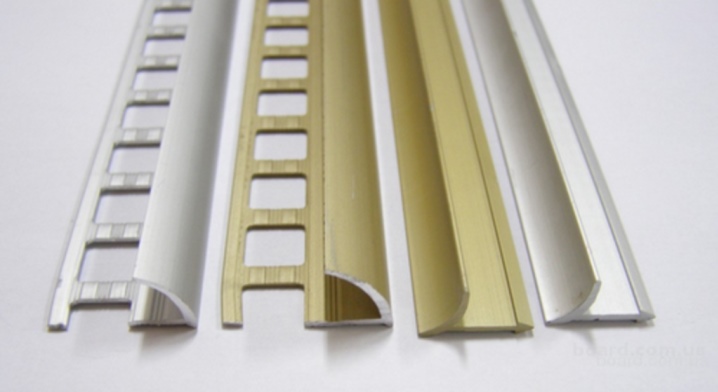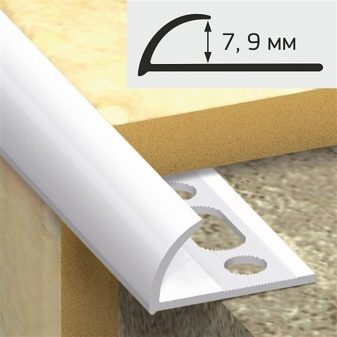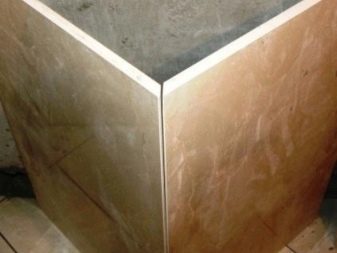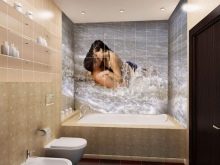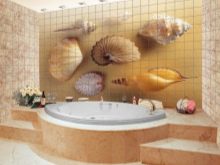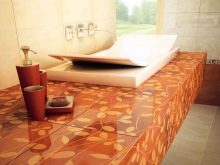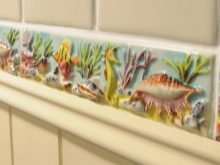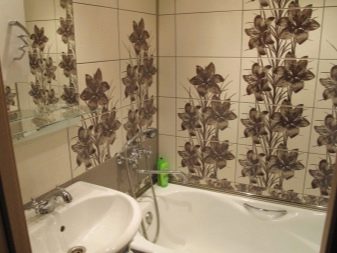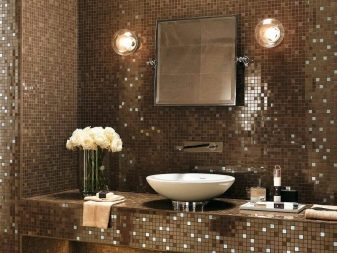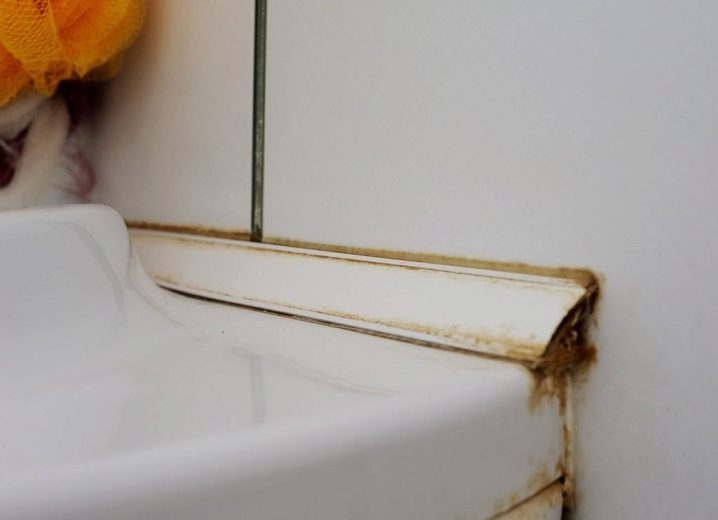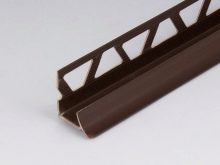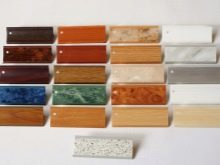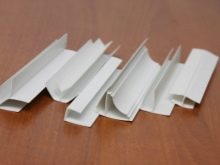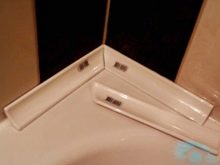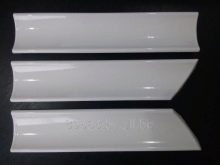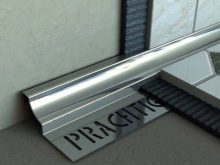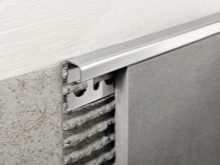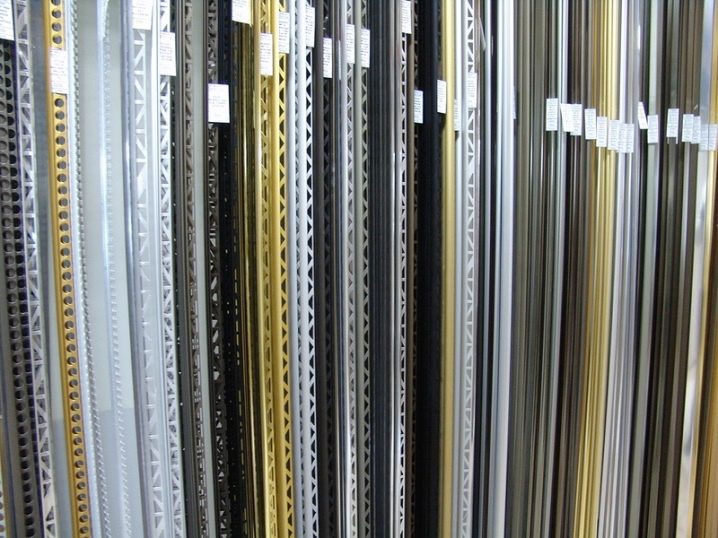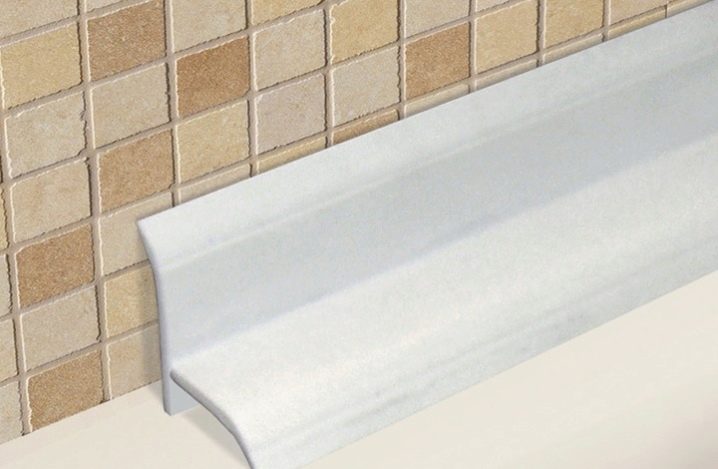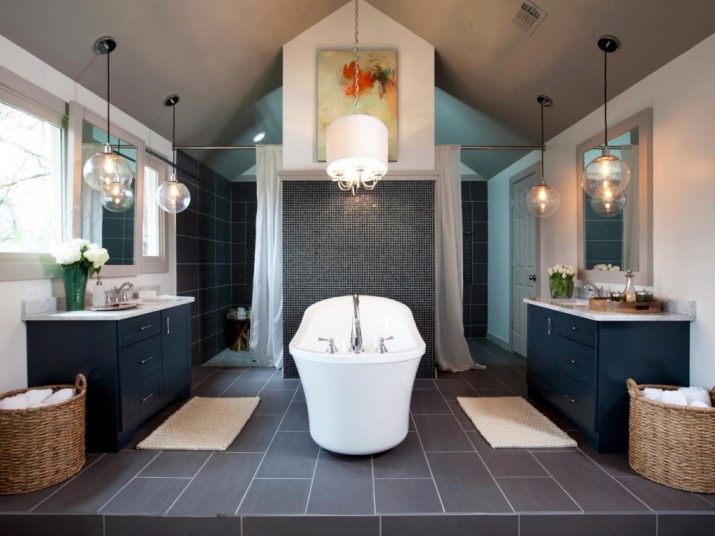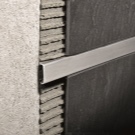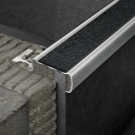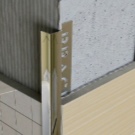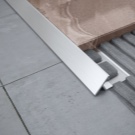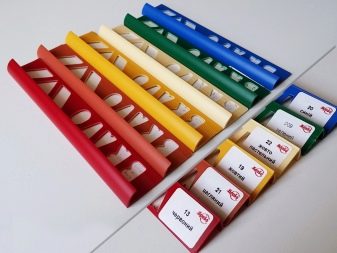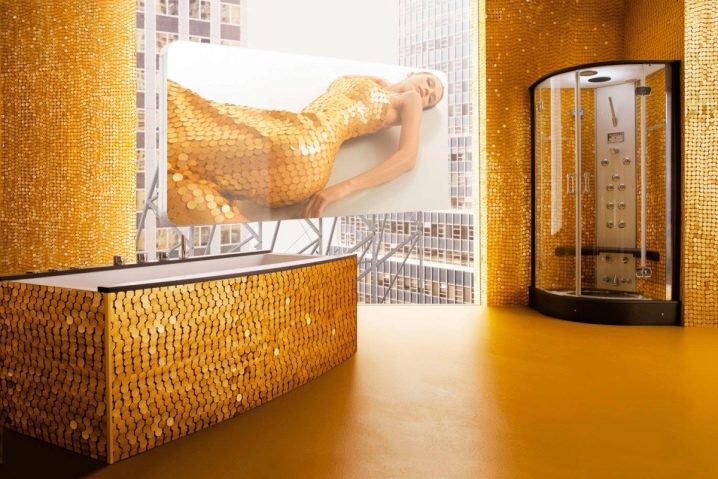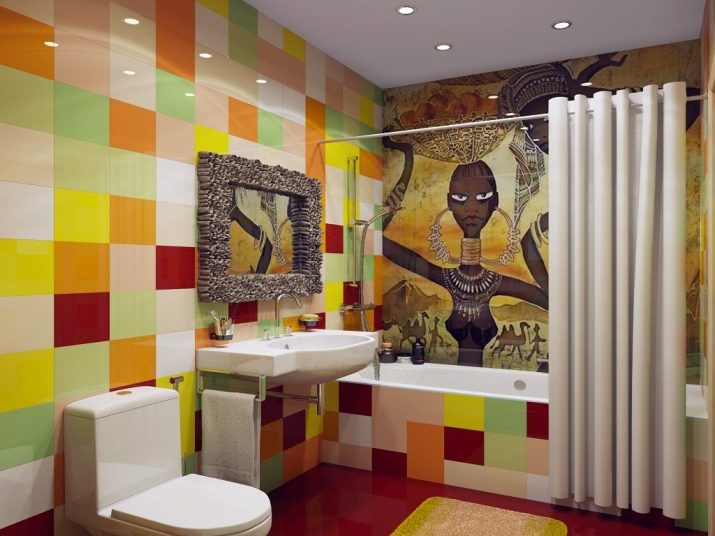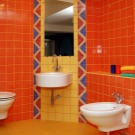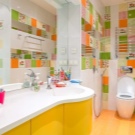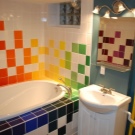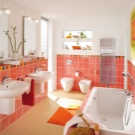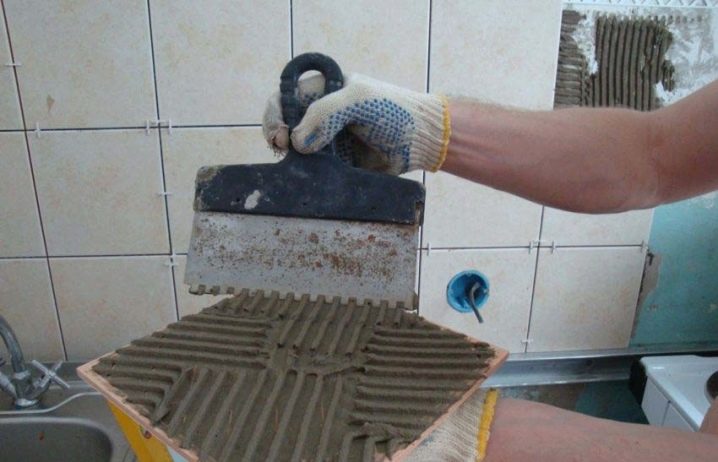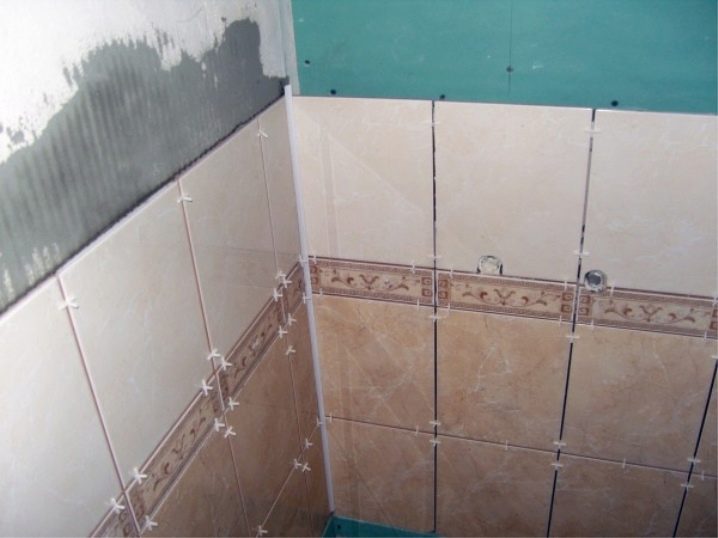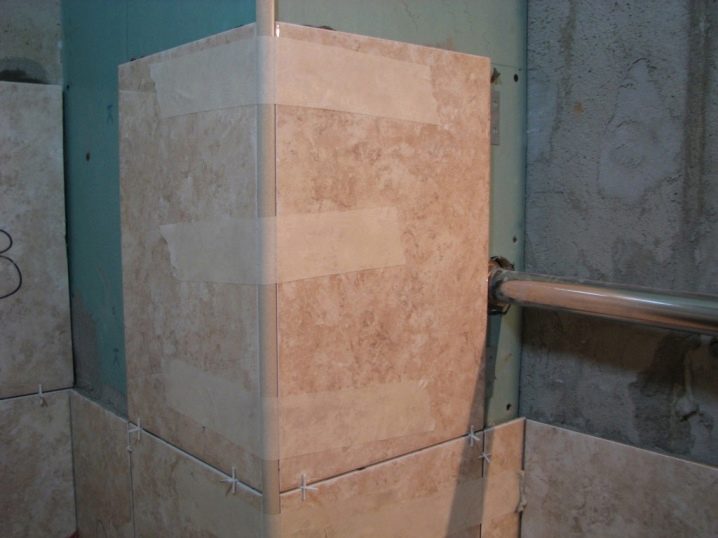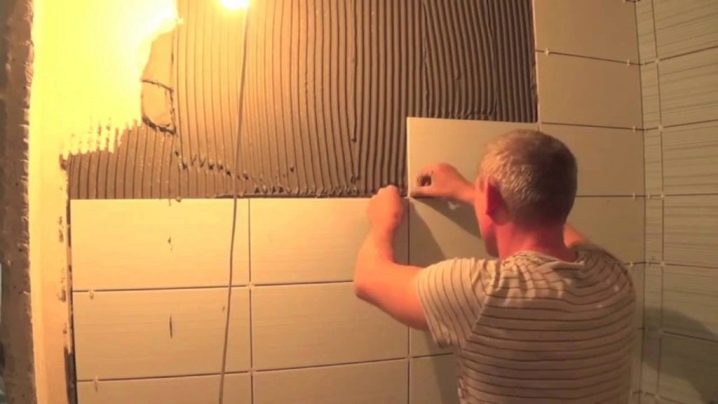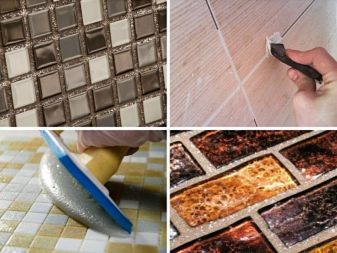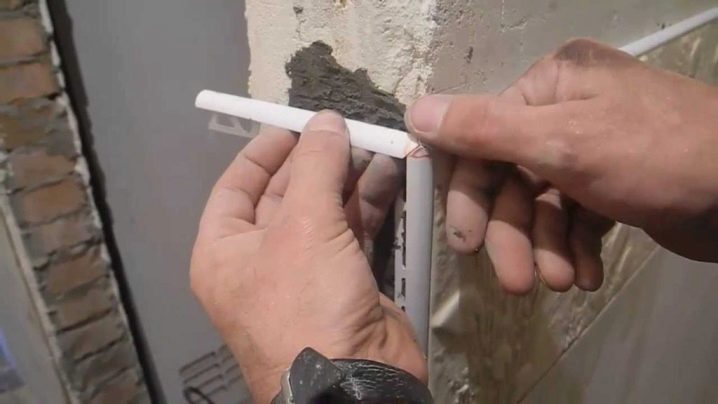Internal corners for a tile: types and installation
Among all the activities, the implementation of which requires the repair of the bathroom, laying tile occupies an important place. Special attention should be paid to the installation of interior corners, also called trims and layouts, which give the facing completeness and improve its performance. Each of the types of such products has a lot of undeniable advantages.
Special features
Practice shows that many experts do without corners for the tile, preferring to them the procedure of grinding the edges of a tile at an angle of 45 degrees. It should be noted that this decision has its advantages, but the implementation of such an event by a person without proper experience is not possible. Given this circumstance, it is reasonable for nonprofessionals to rely on trims, the assembly of which is not particularly complex.
Installation of internal layouts is carried out at the joints located between the adjacent surfaces. Unlike external corners, such products do not bear serious functional load, and therefore they are used much less frequently. Most often internal trims are used in situations that imply following a particular design idea. They organically complement the interior of the room, making its perception as beneficial as possible.
As for the design of the internal corners for ceramic tiles, it provides for the following elements:
- puzzle for tile;
- perforated edge for optimum adhesion of the adhesive to the tile;
- the front part, the main function of which is decorative.
The standard width of such products is 10 mm, and the length can be chosen by the owner of the dwelling in accordance with the task (as a rule, this indicator does not exceed 250 cm).
Advantages and disadvantages
There are a considerable number of reasons that make the use of internal trims a fully justified decision.
If we highlight the most significant advantages of such profiles, their list will look as follows:
- ensuring evenness of facing in the area of joints;
- effective masking of the overwhelming majority of defects resulting from inaccurate cutting of tiles;
- increase the strength of coated surfaces;
- significant simplification of the laying process, due to the lack of need for trimming tiles;
- increasing the resistance of tiles to moisture;
- achieving the best appearance of the joints, achieved with the help of decorative varieties of layouts.
In addition, the installation of internal corners requires less time than the arrangement of the joints by grinding off the tile edges. Talking about the pros of the products presented, it is worth mentioning their disadvantages.
These, depending on the type of trim for the tile, are:
- the relatively high cost of layouts made of ceramics;
- the appearance of yellow on white plastic profiles after a certain time (for this reason, it is desirable to rely on black or colored inner corners);
- gradual destruction of the surface of chrome trimmed due to regular mechanical stress.
As you can see, the advantages of the internal layouts for tiles are much greater than the disadvantages, which ensures their high and steadily growing popularity.
Species
Depending on the base material of the internal corners for the tile, there are the following types of these products:
Plastic
Such layouts are made of polyvinyl chloride (PVC), which is one of the most popular in the construction of polymers. These profiles are able to "boast" a variety of color options, as well as lightness, flexibility and resistance to moisture. In addition, PVC corners can be glued onto the silicone sealant after laying the tile covering, which is explained by their small mass.
Ceramic
The considered type of trim is considered the most prestigious. This is due to the presence of patterns that repeat the pattern on the tile or are organically combined with it. The use of such products gives the lining the most spectacular appearance, making it a real decoration of the bathroom.
Metallic
The main distinguishing features of these layouts - reliability and impressive resistance to wear.The material of such corners is stainless steel, and a decorative coating can be applied on their front side. To solve this problem, nickel or chromium is used.
Particularly popular aluminum inner corners. First of all, they are relevant in cases of combining several shades of ceramics in the joint area. Unlike products from aluminum, the neutral tone of which is suitable in the absolute majority of cases, arranging such corners with colored trims of PVC cannot be called an optimal solution. In addition, these layouts are in perfect harmony with other metal elements of the bathroom - for example, with the details of the shower.
It is also worth adding that the internal corners for the tile differ in the way of installation, on the basis of which they can be horizontal or vertical. Another significant characteristic of trim are their sizes, the main numbering of which provides numerical values from 6 to 12. The latter are measured in millimeters and indicate the thickness, defined as the distance from the base of the layout to its edge.
Selection rules
Before you buy internal trim, the owner of the premises should pay attention to the manufacturer of products of interest to him, whose products must meet the advanced requirements of quality and safety. Otherwise, the result of the repair may be unsatisfactory due to the short service life of the acquired layouts. One of the best solutions recommended by experts is the internal corners with acrylic coating, which can “boast” not only with a spectacular shine, but also with excellent wear resistance.
As for the thickness of the inner corners, it is determined by taking into account the thickness of the tile used. In a situation where the latter is 9 mm, it is necessary to choose trim No. 10 (which is 1 mm thicker than ceramic tile) and so on. The calculation of the total length of the purchased products is also not complicated: it is enough to add the lengths of all equipped joints. Buying the right amount of trim, you should buy one extra in order to compensate for the material consumption in the cutting process.
Another criterion for the selection of internal layouts for tiles, which is of paramount importance, is their color.To determine the most appropriate shade of the corners, it is desirable to have with you a tile pattern with which they will be used.
If the owner of the dwelling wants to bet on the use of trim colors other than tile, he should take into account the following recommendations:
- the silver corner is the best solution for tiles made in cool or dark colors;
- pastel shade tiles are best combined with layouts that are close to her in color;
- golden trims are suitable for ceramics whose tone is warm and cheerful;
- the creation of bold contrasts is appropriate in rooms lined with bright tiles;
- You can purchase interior corners with your own ornament, adding additional aesthetics to the interior of the room.
Special mention deserves the choice of layouts in accordance with the complexity of their installation.
So, the most simple is the work with plastic trims, followed by the arrangement of metal corners, and the most difficult is the installation of ceramic products. This circumstance should be taken into account by all who seek to do without the help of specialists.
Installation
Installing internal trim tiles provides for a gradual movement from the free edge towards the inner corner.
To perform the procedure, you need to adhere to the following sequence of actions:
- putting glue on a ceramic tile and a wall where the internal layout will be located;
- placement of the corner;
- installing tile in the groove of the inner trim;
- gluing (in order to maintain the distance between the tiles, you need to use the construction crosses, which allow you to seam the seams);
- repeating the above action with ceramics placed on the other side of the joint;
- laying the required number of rows, the last of which can be trimmed with a finishing profile, if this corresponds to the conditions of the problem;
- decorative grouting using the appropriate composition (performed after the day has passed since the installation of internal trims).
This list is basic, and therefore may include a change in the algorithm in accordance with the preferences of the contractor. So, some masters first mount all layouts, and only then begin to work with the tile.It is more convenient for other craftsmen to fix the corners step by step, in the course of creating a ceramic canvas. The only condition that is obligatory in all situations is the lack of haste, which can devalue the forces invested in the work, time and financial means.
Trimming
One of the operations, the implementation of which often involves the installation of internal corners, is their trimming. It is worth noting that in a situation where layouts for tiles are already installed, this problem is rather difficult to solve, and therefore this option cannot be called rational.
As a rule, for further position, trims are cut perpendicular to each other, taking into account the following points:
- the trimming angle in such cases should be 45 degrees;
- performing work, it is necessary to observe maximum accuracy to avoid the appearance of large gaps at the joints;
- To achieve an optimal result, you should use the miter box - a carpenter's tool that provides a clear arrangement of the trim at the required angle;
- The trimming procedure is performed with a hacksaw or an impeller.
In addition, before starting work you need to make all the necessary measurements and make markup.As for situations involving the creation of a different angle from the right angle (for example, 135 degrees), they are more complex, requiring high performing skills.
Finally, it remains to state that the internal corners for the tile are considered to be a solution that organically combines beauty, reliability and practicality. It is also good that the installation of such products is really done by hand. To do this, be patient and “arm yourself” with the above recommendations.
How to trim the trim with the help of a barrel, you can see in this video.
